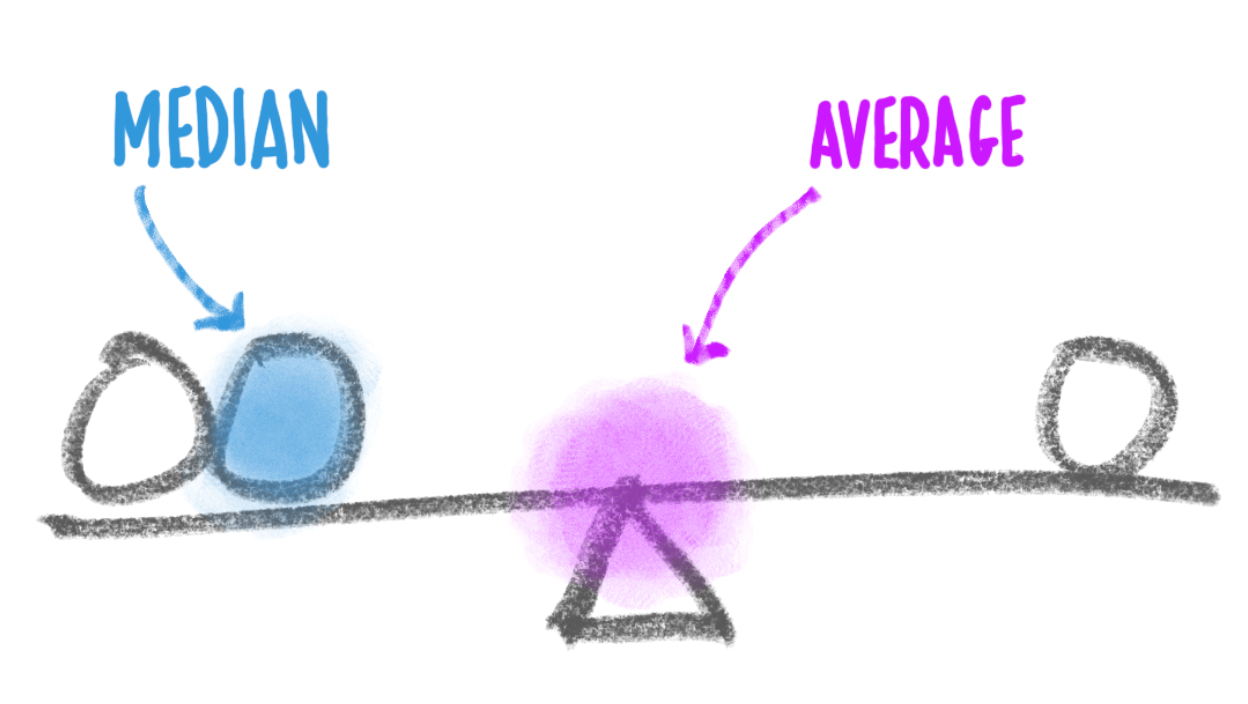Richest Cities in Vermont (2026)
by Kristen Carney
Updated: August 7, 2025
Richest City in Vermont
The richest city in Vermont is West Haven in Rutland County with an average household income of $230,774 as of 2023. While exceptionally affluent, West Haven only has a population of 244 as of 2023. The richest city in Vermont with at least 5,000 people is Shelburne in Chittenden County with an average household income of $161,333 as of 2023 and 8,126 people as of 2023 according to the most current Census data available (citation).
| Rank | City | County | Population | Average Income | Median Income |
|---|---|---|---|---|---|
| 1 | West Haven | Rutland | 244 | $230,774 | $87,750 |
| 2 | Searsburg | Bennington | 125 | $227,998 | $59,375 |
| 3 | Norwich | Windsor | 3,627 | $200,676 | $140,139 |
| 4 | Old Bennington | Bennington | 132 | $186,453 | $154,375 |
| 5 | South Hero | Grand Isle | 1,727 | $181,272 | $137,917 |
| 6 | Ripton | Addison | 744 | $179,111 | $118,542 |
| 7 | Stratton | Windham | 444 | $169,222 | $159,375 |
| 8 | Peru | Bennington | 526 | $167,797 | $123,304 |
| 9 | Charlotte | Chittenden | 3,897 | $165,858 | $136,385 |
| 10 | Warren | Washington | 1,974 | $163,574 | $84,688 |
| 11 | Shelburne | Chittenden | 8,126 | $161,333 | $115,019 |
| 12 | Weston | Windsor | 628 | $159,206 | $120,500 |
| 13 | Jericho | Chittenden | 5,108 | $155,421 | $115,223 |
| 14 | Woodstock village | Windsor | 927 | $152,316 | $103,750 |
| 15 | Woodstock town | Windsor | 3,008 | $151,974 | $123,735 |
| 16 | Elmore | Lamoille | 876 | $151,541 | $107,500 |
| 17 | Landgrove | Bennington | 172 | $150,835 | -$1 |
| 18 | Waterbury | Washington | 5,434 | $147,242 | $109,022 |
| 19 | Fayston | Washington | 1,408 | $145,426 | $108,000 |
| 20 | Cavendish | Windsor | 1,396 | $144,081 | $79,583 |
Median Income versus Average Income: Which Should You Use?
We usually suggest using median income data – either instead of or in addition to – average income data as a true indicator of wealth. If you haven’t thought about median versus average since your last standardized test, you aren’t alone. Here’s what they are:
- average is the sum of a set of numbers divided by the count of numbers in the set
- median is the middle number in the set of numbers

Now let’s say you had the following simplified set of income data.
Household 1: $30,000
Household 2: $50,000
Household 3: $1,000,000
The average income for this set is $360,000. The outlier data point ($1,000,000) skews the average WAY up. Conversely, the average income would be skewed WAY down if someone had an income of $500. The median income for the same data set is $50,000. Outlier data doesn’t skew the median.
Most Business Owners Should Use Median Income
So most business owners should use the median income as a true indicator of wealth, because it provides a more accurate representation of a typical income, especially in areas with significant income disparity.
When Should You Use Average Income
If your target market is high-income households, the average income may be more relevant. This is because the average income can highlight the presence of a higher concentration of wealthy individuals, which is beneficial for luxury goods and services marketing. We’re using average income on this page because using the Census’s highest reported median value of $250,001 could result in multiple ties for the richest geography.
Why do so many cities have a median value of $250,001?
The Census' American Community Survey uses $250,000+ as a jam value for median income estimates to protect privacy, ensure data consistency, and simplify reporting. A "jam value" in survey data refers to a placeholder or default value used when actual data points are unavailable, incomplete, or exceed certain thresholds. We represent this jam value as $250,001 to make it easy for you to sort.
You might also be interested in:
Email Me When New Data Are Released
Join thousands of subscribers and receive just 1 (ONE!) email a year in December when the US Census Bureau releases new income data for Vermont richest cities.
SOURCES
United States Census Bureau. Annual Estimates of the Resident Population: April 1, 2020 to July 1, 2023. U.S. Census Bureau, Population Division. Web. May 2024. http://www.census.gov/.
United States Census Bureau. B01001 SEX BY AGE, 2023 American Community Survey 5-Year Estimates. U.S. Census Bureau, American Community Survey Office. Web. 12 December 2024. http://www.census.gov/.
United States Census Bureau. B19013 Median Household Income, 2023 American Community Survey 5-Year Estimates. U.S. Census Bureau, American Community Survey Office. Web. 12 December 2024. http://www.census.gov/.
United States Census Bureau. “DP03 SELECTED ECONOMIC CHARACTERISTICS.” 2023 American Community Survey 5-Year Estimates. U.S. Census Bureau, American Community Survey Office. Web. 12 December 2024. http://www.census.gov/.
Products & Services
Plumbing
Connect
- 1-800-939-2130
- Contact Us
© Copyright 2026 Cubit Planning, Inc.